Thursday, August 10, 2017
‘Throwback Thursday: A new Morals and Dogma’
When Brent Morris assigns you a book to review, you review the book. This Throwback Thursday edition of The Magpie Mason reaches back five years, when The Scottish Rite Journal published my take on the then newly revised Morals and Dogma produced by Arturo de Hoyos. This was published in the September-October 2012 issue, and my submission was trimmed by about 400 words in my recollection.
Morals And Dogma
In his Prestonian Lecture of 1997, Bro. R. A. Gilbert mentions how since the 1720s more than 10,000 books, journals, articles, periodicals, papers, pamphlets, and other output devoted to Freemasonry have been published, and although this reviewer has made barely a scratch into that tonnage of material, he cannot name another book that has been so passionately embraced and widely neglected; as studied and scrutinized, yet frequently misunderstood; and hailed as both epochal accomplishment and anti-Masonic favorite than Morals and Dogma of the Ancient & Accepted Scottish Rite of Freemasonry by Albert Pike. Making it even more remarkable is that it was published in 1871 and was intended for the education of a small minority of Freemasons, those of the A&ASR, Southern Jurisdiction.
There simply are no other books on Freemasonry from 140 years ago—even Pike’s other works—that are as widely known today, let alone deserving of a brand new edition, revised and annotated by Ill. Arturo de Hoyos, 33°, GC, one of the most knowledgeable and prolific scholars in Freemasonry in the United States. The work assigned to this laborer is to rate de Hoyos’s success in conveying Pike’s largest legacy to “the other” Scottish Rite Masons in America—those of us within the Northern Masonic Jurisdiction.
First, it is necessary to explain what Morals and Dogma is and is not. Written in the late 1860s, it perhaps is the inevitable product of the fraternity that made brothers out of men from myriad diverse backgrounds in that grim time shaped by industrialization and urbanization, and by Civil War and Reconstruction. Simultaneously the country also underwent a period of religious revolution marked by the birth of Reform Judaism, Christian Science, Pentecostalism, Jehovah’s Witnesses, the Salvation Army, and other movements. Elsewhere in the world, Masonry had begun admitting men of the major Eastern religious faiths, as empires emanating from the British Isles and Europe created lodges across Asia, Africa, and the Holy Land.
Fittingly, if not exactly intentionally, Pike responded, authoring a work of comparative religion in Masonry’s name, one that not only traverses the world’s borders and cultural barriers, but also reaches back through time to codify for the Scottish Rite Freemason mankind’s numerous efforts to find communion with deity. Despite how its title sounds to the modern ear, the book never was the sectarian bible authored for a supposed Masonic religion by its purported father, as is alleged even today by certain Christian fundamentalist anti-Masons.
As de Hoyos reveals in his preface to the text, Grand Commander Ronald A. Seale, 33°, had charged him with the huge job of revising this book, which went out of print in 1969. “We either need to republish Morals and Dogma or stop talking about Albert Pike,” Seale told de Hoyos. The result: A new Morals and Dogma consisting of Pike’s original writings in their entirety, augmented with de Hoyos’s notes and commentary.
Morals and Dogma was tailored for the comprehension of Freemasons who had received the new A&ASR degrees that had been penned by Pike. The previous rituals of the Rite were deficient due to problems varying from absent passages of text to confounding messages and more. Pike converted a pastiche of inadequately defined European ceremonies into a single cohesive Masonic rite consisting of degrees in a progressive structure for gradual enlightenment. Morals and Dogma contains the lectures for those degrees. The Southern Jurisdiction works variations of the Pike degrees to this day, while its sister jurisdiction in the northeast of the United States works hard not to modernize Pike rituals, but to replace them with melodramas that are not rituals of any kind, and that are bereft of any form of symbolism. It is here where the new Morals and Dogma can connect Masons to the transformational teachings of traditional Scottish Rite Masonry, “the College of Freemasonry.”
In the NMJ, 30°, Knight Kadosh, was eliminated in 2004, resulting in 31°, Grand Inspector Inquisitor Commander, becoming the new 30°, and 32°, Sublime Prince of the Royal Secret, being divided into two degrees, 31° and 32°. To conserve that which had been lost, the reader of Albert Pike’s Morals and Dogma, Annotated Edition may look inside this Templar degree to see its virtues, albeit anachronistic, laid bare and contextualized by 60 footnotes. Other rituals eliminated by the NMJ in recent years include: 4°, Secret Master; 12°, Master Architect; 19°, Grand Pontiff; 28°, Knight of the Sun; and more. (It also is true that the brethren of the NMJ are free to exemplify these now defunct rituals, but rituals rendered defunct tend not to get the attention paid to official degrees, where the labor and talent is expected to go first.) These degrees’ lectures, too, are available in the pages of this weighty text, communicating their meanings in textured prose made clearer by de Hoyos’s notes and commentaries.
There is no substitute for receiving meaningful degrees laden with lessons and symbols as conferred by knowing ritualists, but where that is unavailable, this resource text can fill in the blanks and keep concerned Masons in touch with their heritage and history. And this need not be confined to the United States, as brethren in the Ancient and Accepted Rite of England and Wales, where rituals are hardly worked at all and degrees are conferred largely in name only, can profit from this book as well.
Absent from the new book is the “Digest of Morals and Dogma,” the 218-page concordance compiled by Ill. Trevanion W. Hugo, 33°, that was added in 1909. In its stead are five appendices: “Textual Corrections” rectifies and standardizes the various errors in spelling and usage in the original (e.g. Cabala, Kabala, and Kabalah correctly become Kabbalah.) “A Glossary to Morals and Dogma” by Ill. Rex R. Hutchens, 33°, GC, is 82 pages of A-to-Z definitions of mostly difficult terms. The bibliography lists the several hundred published source materials that made de Hoyos’s work possible. “The Point Within a Circle: More Than Just an Allusion?” by Bro. William “Steve” Burkle, 32°, shows how that important symbol from the Entered Apprentice Degree also offers an apt method for inscribing a right angle within a circle. That leads nicely into Appendix 5: “The Hidden Secrets of a Master Mason: A Speculation on Unrecognized Operative Secrets in Modern Masonic Ritual” by Ill. S. Brent Morris, 33°, GC—and editor of this periodical—that brings Morals and Dogma, Annotated Edition full circle by showing how operative builders lay out foundations using the Pythagorean Theorem, the very same geometrical device Pike cites to conclude his 32°, Sublime Prince of the Royal Secret, chapter, explaining how the Triangle of Perfection symbolizes the ideal equilibrium by bringing into harmony the spiritual and the material.
This text is a gift to all thinking Masons, but especially to those in the NMJ where there are no educational publications or programs to reflect the Light of Scottish Rite Masonry, which probably is what leads to the elimination of our traditional rituals. Until this can be rectified, de Hoyos’s amazing feat is a handy tool to assist us in our daily labors at self-improvement.
The writer is a Past Most Wise Master of Northern New Jersey Chapter of Rose Croix and is the Treasurer of the four Scottish Rite bodies of Northern New Jersey. He is in the process of establishing Architects Lodge of Perfection, the first lodge of philosophical research in the Northern Masonic Jurisdiction. His blog, The Magpie Mason, is very widely read and seemingly enjoyed by Masons around the globe.
Subscribe to:
Post Comments (Atom)






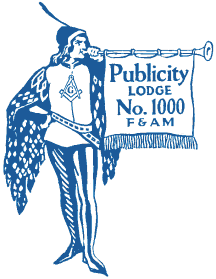

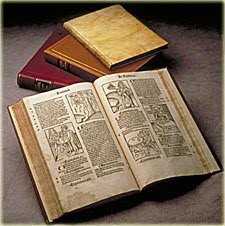


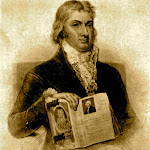




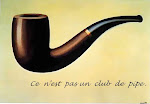
















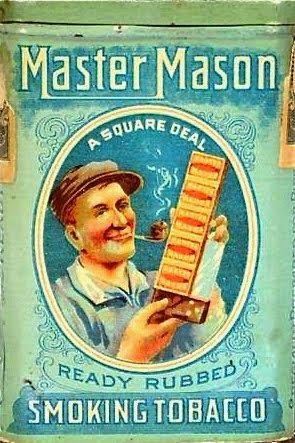


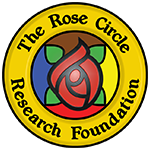

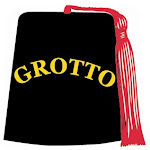








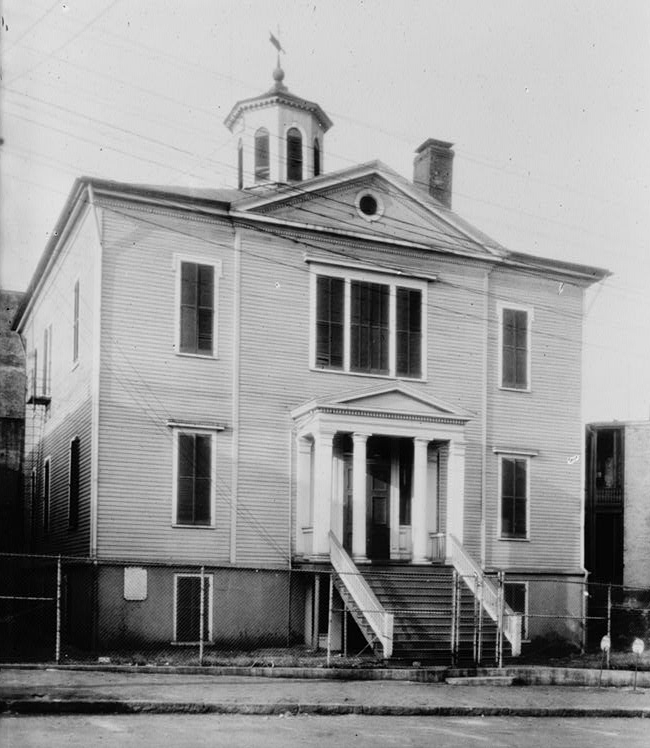
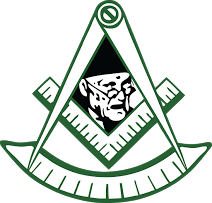
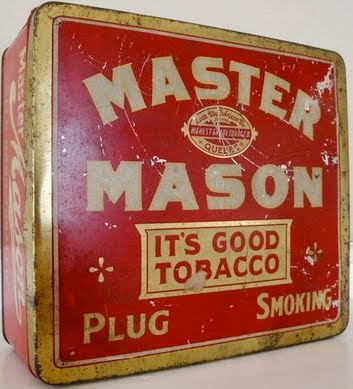




No comments:
Post a Comment